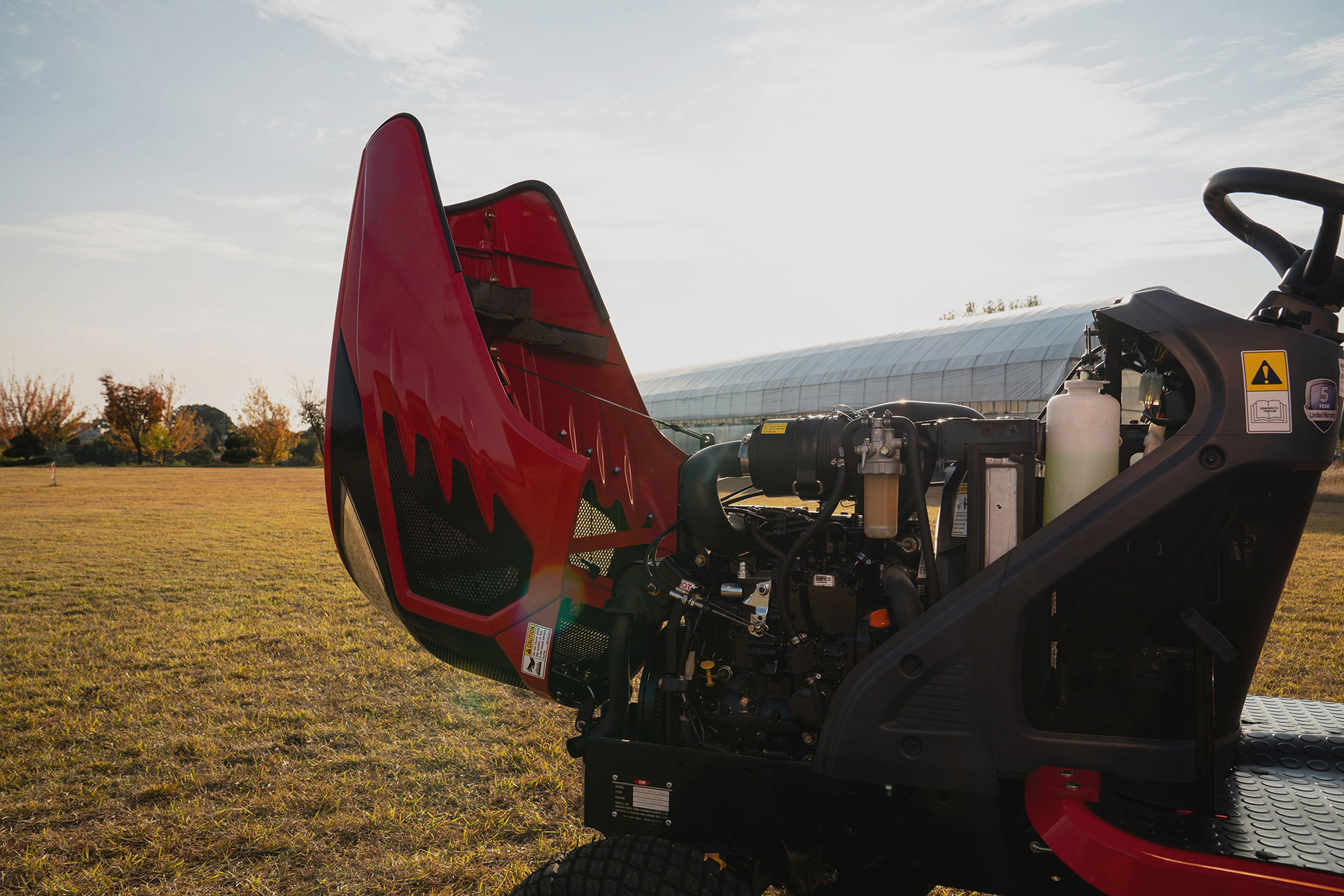A guide on how to properly store your tractor postseason
Checklist
August 10, 2021Whether you use your tractor for home gardening, large-scale cultivation, or land clearing, proper storage and maintenance can ensure you get the most out of your tractor season after season.

Storing your tractor after the harvest season does not mean caring and maintenance stops. In fact, observing proper storage could extend the life span of your tractor and even improve the quality of its performance for the next harvest season.
Follow these easy steps to make sure you are keeping your tractor in optimal shape while in storage.
- Choose a shed that will protect your tractor from the elements. Check if there are any holes for rain, wind, or snow that could pass through the walls and ceiling of your shed, and make sure to block these off.
- Give your tractor a once-over and look for any damaged or loose parts. Tighten every bolt and nut, make sure everything is in the right place before you put your tractor into hibernation mode.
- Clean your tractor from top to bottom. Make sure the interior cabin is free of any trash. Check below the tractor hood if there are any clumps of dirt, grass, or dust. Leaving this dirt on could damage your machine, so make sure everything is clean.
- Grease and lubricate all joints, moving parts, and attachments before leaving your tractor in the shed. This step will help prevent rusting and ensure these moving parts will smoothly work once you take your tractor out of storage.
- Lower attachments and implements, such as the planting arm, and set the hydraulic arm to ‘fixed.’
- Inspect your tractor’s fan belts now and then. If you are storing for winter, the cold temperature could rot and break down your fan belts, which are essential parts of your tractor, as they move everything from alternators to blades.
- Check your tires and look for any wear, debris stuck between treads, and tire wall integrity. Ensure the air pressure is at the proper psi before you lock in your tractor for the season.
- Make sure all hydraulic lines and cables have no leaks and tears. Inspect the sediment bowl if there are any cracks on the glass or sediments left. If so, make sure to fix and clean these parts before stowing your tractor for the season.
- Drain the fuel off your tractor’s engine. Condensation could build up over time and could rust your engine from the inside out.
- Check your engine’s oil and change if needed. Take out the dipstick, clean off and reinsert to check the color of the oil inside. The oil should come out as gold and thin. If the oil comes out sludgy and brown, it is best to drain and change it before storing it for the season.
- After changing oil, apply some fuel conditioner to its diesel tank to keep it in prime shape and improve the engine quality. Once you’ve started your machine for the next planting season, your engine will sound like a newly minted tractor.
- If you are storing for winter, pour enough antifreeze into your engine but make sure you don’t overdo it. Too much antifreeze could damage your machine, so check the manual and make sure you pour just enough of the solution.
- Start the machine at least once every three weeks. Stationary engines are prone to breaking and could also lead to battery draining. Now and then, start the machine up to warm up the insides of your engine.
Get the most out of post-season storage by checking the operator’s manual before you stow your machine for the season.